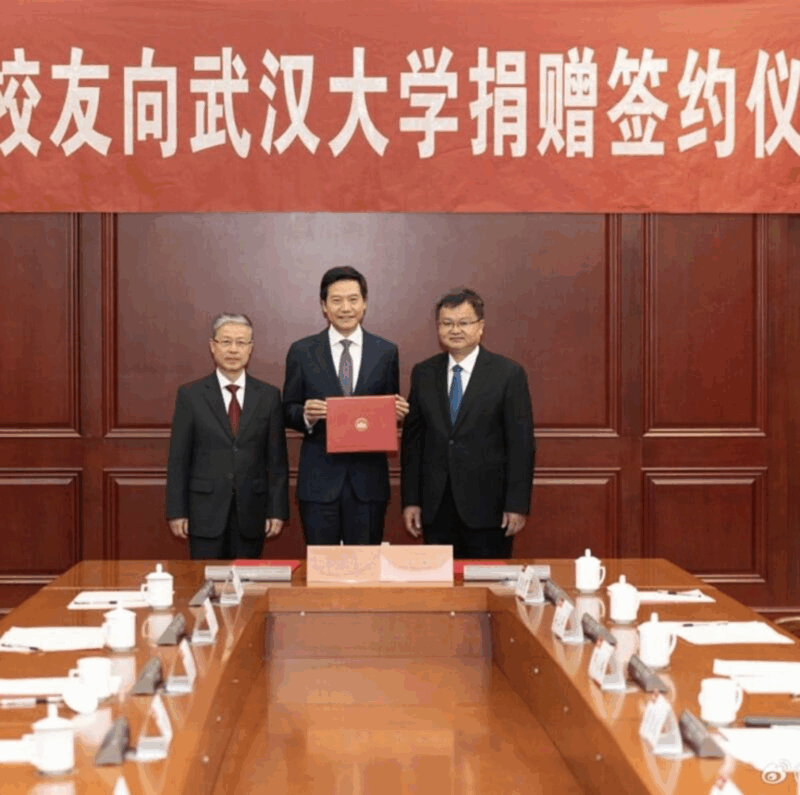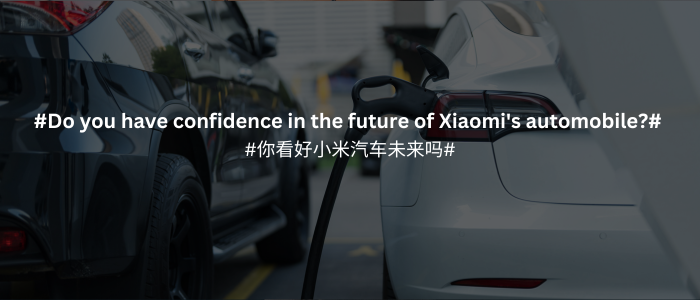Xiaomi’s entry into the Indian market in 2014 is the most notable textbook example of a well-executed international strategy. It rapidly became the market leader in 2018 by focusing on extreme value, localizing production, and customizing products for local preferences.
However, the market has evolved. While Xiaomi held a 20.7% share of the Indian smartphone market in 2024, intensifying competition has made this a key battleground. In Q1 2025, its share was reported at 13%. This shift highlights a market in flux and underscores that Xiaomi’s initial strategy must continually adapt. This is due to fierce local competition and changing consumer trends toward premiumization, even in price-sensitive markets.
Download our China luxury market report

Xiaomi’s meteoric rise: a story of unprecedented growth
Xiaomi’s exponential rise in the tech industry is credited to its unique approach. The company has combined affordability with high quality in its smartphone offerings since its inception. A pivotal moment was the 2011 launch of the Mi 1. The model received over 300,000 preorders within 34 hours. By 2014, Xiaomi began its global expansion, quickly finding success in markets like India.
From 2015 onwards, Xiaomi began to capitalize on its smartphone success and implement a diversification strategy. This allows broadening the scope into other segments of consumer electronics and further opens up new avenues for revenue. The company has since significantly expanded its product line. Recently offering over 80 different items, including laptops, TVs, wearables, speakers, and other lifestyle products.
Its global smartphone market share grew to 13.6% in the third quarter of 2025. The company shipped 168.5 million units to secure its position as the world’s third-largest vendor. Overseas markets now contribute a significant 42% of its total revenue in 2024, underscoring its successful internationalization. Xiaomi’s smartphones are constantly ranked among the top three market players in 57 countries and regions globally.
Xiaomi’s game-changing business approach
Revolutionizing affordability as part of Xiaomi’s strategy
The first crucial aspect of Xiaomi’s business model is its commitment to affordability. By streamlining its supply chain and manufacturing processes, Xiaomi manages to keep costs low without sacrificing quality. Xiaomi also saves considerable costs by overwhelmingly selling its phones online via its platform, Mi Market. It also maintains the direct-to-consumer model for its electric vehicles (EVs), which helps to cut out the middlemen and maintain a strong brand equity.
Putting customers first: Xiaomi’s secret to continuous improvement
The company is famous for actively engaging with its customers and listening to their feedback. This is to understand their needs and preferences better and modify based on it. The company heavily relies on feedback gathered from its online user community, named MI, which it then integrates into its product development efforts. This practice is a winning strategy not only because it constantly improves the delivery and quality of the product but also because it helps Xiaomi keep a loyal and engaged user base.
Cutting-edge pricing: Xiaomi’s innovative razor-blade model
Xiaomi’s pricing strategy is also a cornerstone of its success. This involves selling certain products, like smartphones, at low profit margins or even at a loss, to attract customers into their ecosystem. Once customers are integrated, Xiaomi then markets profitable complementary products to them in bundle deals. In this context, customers can be encouraged to buy additional products that generate revenue, such as smart home devices equipped with XiaoAi (小爱) voice assistant.
Building a tech empire: the strength of Xiaomi’s ecosystem
Xiaomi’s ecosystem strategy involves investments in or partnerships with various companies to create a wide range of products. This “Human x Car x Home” strategy has matured into the core of its business.

The company now connects over 823 million smart devices worldwide. Its Internet of Things (IoT) and lifestyle products consistently contribute nearly 30% of its revenue. The strategic glue is Xiaomi’s self-developed HyperOS, an integrated system that provides a seamless experience across smartphones, home devices, and, now, electric vehicles.
Marketing genius: Crafting a global brand
Xiaomi has crafted a cost-effective marketing strategy largely inspired by Apple’s handbook. Instead of investing huge sums of money in launching advertising campaigns, Xiaomi showcases its new products mainly through its social media accounts, including WeChat and RedNote. For instance, Xiaomi’s focus on digital content, like user-generated reviews and unboxing videos. These practices have played a significant role in its advertising strategy, bolstering strong user engagement.
But Xiaomi’s wide notoriety couldn’t have reached such high profiles in so little time if it weren’t for the unique identity and charismatic profile of its founder and CEO, Lei Jun. He has rapidly elevated the company’s profile to great heights, drawing frequent comparisons to Steve Jobs for his visionary leadership style. Under his guidance, Xiaomi has embraced the philosophy of ‘innovation for everyone,’ targeting tech-savvy yet budget-conscious consumers. He constantly makes the headlines, pushing Xiaomi brand awareness alongside his public image.

Conquering new markets: Xiaomi’s strategy in the Indian market
Xiaomi’s entry into the Indian market in 2014 is the most notable textbook example of a well-executed international strategy. It rapidly became the market leader in 2018 by focusing on extreme value, localizing production, and customizing products for local preferences.
However, the market has evolved. While Xiaomi held a 20.7% share of the Indian smartphone market in 2024, intensifying competition has made this a key battleground. In Q1 2025, its share was reported at 13%. This shift highlights a market in flux and underscores that Xiaomi’s initial strategy must continually adapt to fierce local competition and changing consumer trends toward premiumization, even in price-sensitive markets.
Future-proofing Xiaomi’s strategy: Adapting to tomorrow’s tech trends
Although Xiaomi’s business model has generated unprecedented success, the company contends with fierce competitors. Its future relies on adapting to new scenarios, and recent moves show it is executing this aggressively.
1. A successful pivot toward premiumization
What was once a future goal is now a successful reality. In 2024, shipments of Xiaomi smartphones priced above RMB 3,000 in China accounted for 23.3% of its domestic total. The launch of flagship series like the Xiaomi 14 and Xiaomi 15 Ultra. Furthermore, these flagships were developed in partnership with Leica, demonstrating its commitment to competing directly with Apple and Samsung in the high-end segment, improving brand perception and profit margins.
2. The electric vehicle gambit: A new core pillar
The most significant strategic development is Xiaomi’s entry into the smart electric vehicle (EV) sector. In 2024, it launched the Xiaomi SU7 sedan, a move that completes its vision of a connected lifestyle ecosystem. The launch was highly successful, with 136,854 vehicles delivered in 2024 and a production target of 350,000 set for 2025. This represents a monumental pivot, with the company investing approximately RMB 10 billion per quarter in this new initiative. The SU7 is designed to be deeply integrated with its HyperOS. Thus making the car a seamless extension of the user’s existing Xiaomi ecosystem.
3. AI as the ecosystem’s nervous system
Beyond hardware, Xiaomi is embedding artificial intelligence across all its products. HyperOS is infused with AI capabilities for cross-device intelligence. Moreover, the company is developing large language models to power its XiaoAi voice assistant. This transforms the ecosystem from a network of connected devices into a cohesive, intelligent platform, increasing user stickiness and creating new service opportunities.
What can be learned from Xiaomi’s strategies?
- Founded on the principle of “innovation for everyone,” Xiaomi disrupted the market by offering high-quality, affordable smartphones.
- Xiaomi combines ultra-efficient operations, a razor-blade pricing model (sell hardware cheap, profit from ecosystem), and direct fan feedback to drive loyalty and innovation.
- The recent launch of the electric vehicle range creates an integrated “Human x Car x Home” ecosystem that creates a sticky user experience.
- The company made two major strategic pivots by moving upscale into premium phones and making a massive bet on smart electric vehicles (the SU7 sedan) as its next core business.





